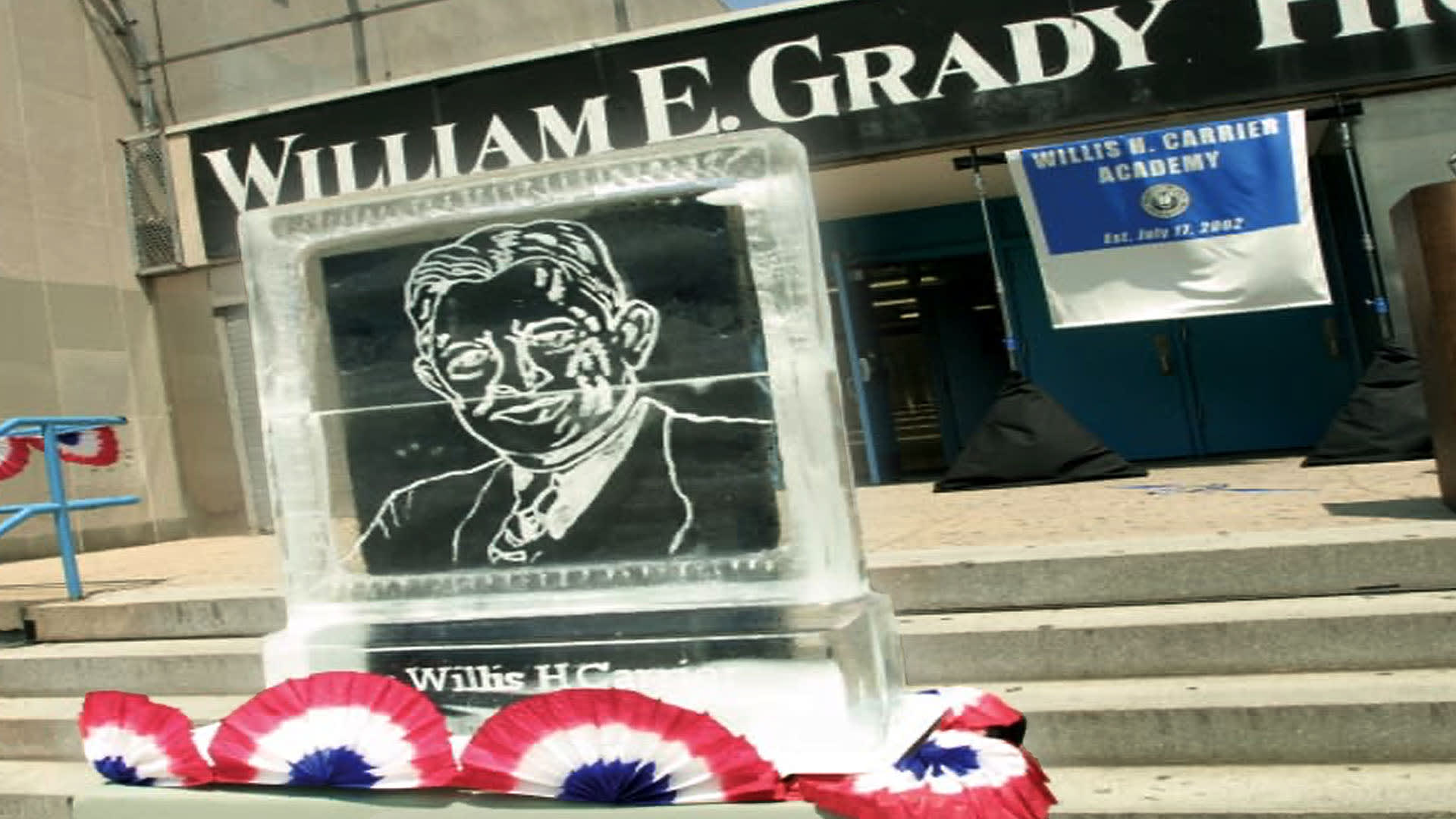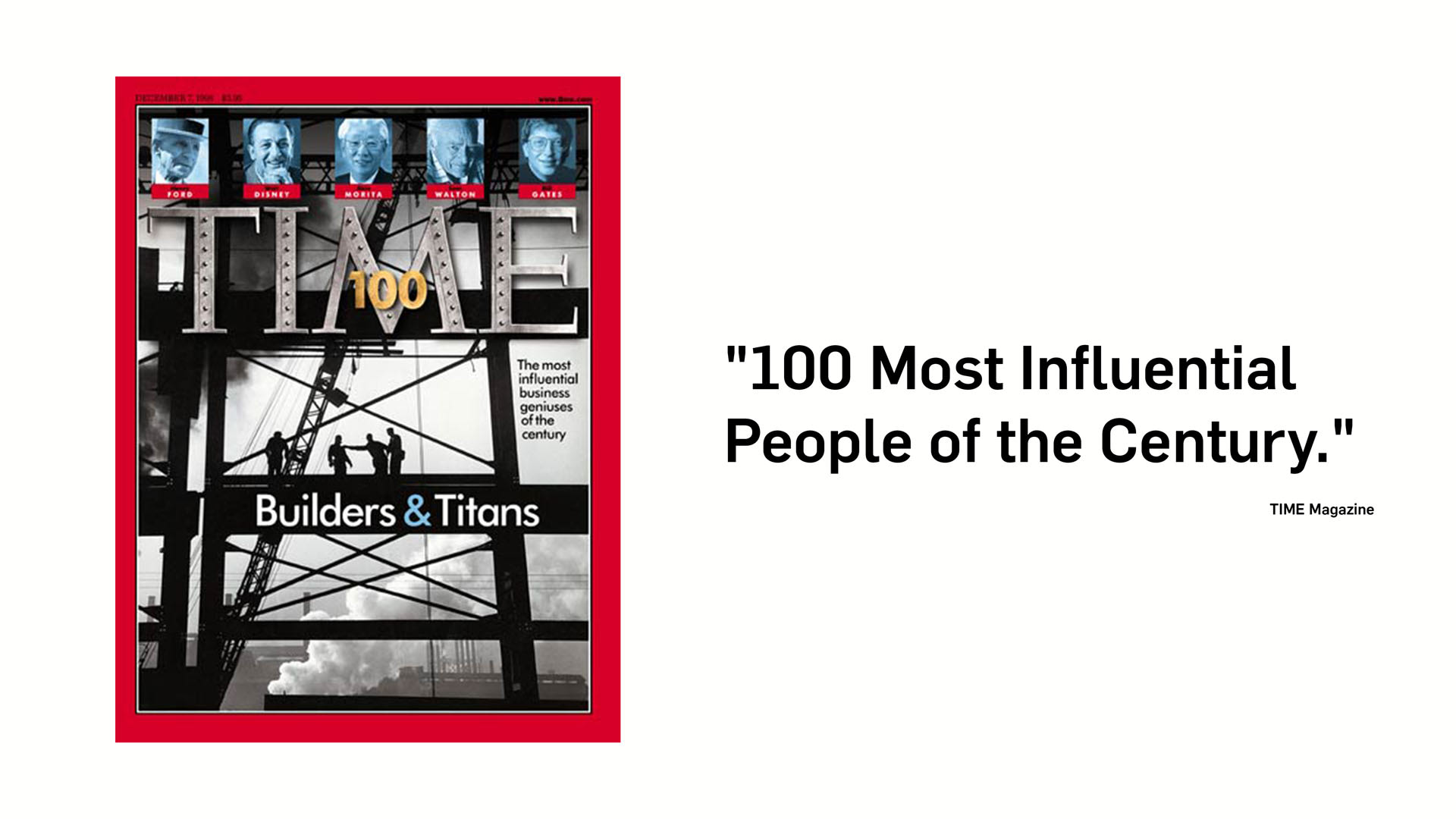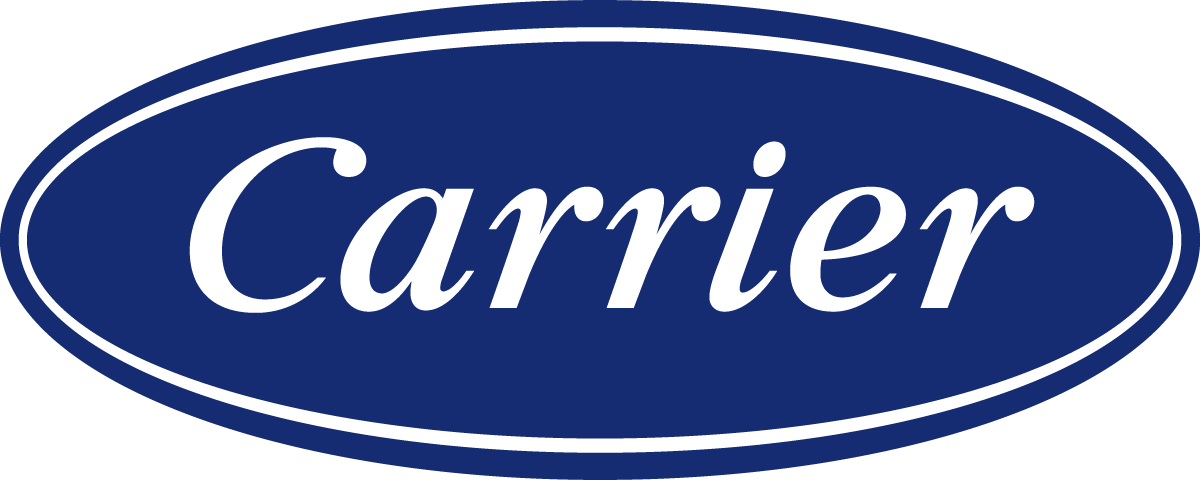What began as a flash of genius in a young engineer’s mind has become a vibrant multibillion dollar industry. Since its founding, Carrier has led the world in commercial air conditioning applications and in residential year-round comfort. The company’s equipment controls climates in the world’s essential industries, tallest buildings and grandest theaters, and in homes of every shape and description. The company enables the international transportation network to ship and display for sale fresh and frozen foodstuffs globally.
Very few industries survive to the century mark. Fewer still can define themselves as “growth industries” more than a hundred years after their origin. Modern air conditioning, invented by Willis Carrier in 1902 and transformed over the decades into the business of air conditioning, heating and refrigeration, is one of those exceptional few.
Through it all, Carrier has focused—in the defining spirit of its founder—on continually innovating to create elegant technology solutions for what are fundamentally human problems. In short, Carrier invented the industry, and continues to reinvent it every day.
By the mid-1990s, for example, the company was expanding globally into adjacent segments of refrigeration. The result was a doubling of revenue to more than $8 billion. Then, as Carrier re-emphasized its core businesses, it added new growth platforms around controls and energy services.
From the first international sale of air-conditioning equipment in Japan in 1907, Carrier has achieved success in international markets by being first and building strong local partnerships. This strategy, practiced today in places like China, India, the Middle East and Latin America, continues to create growth markets for Carrier’s products and services.
China is a shining example. By 1994 Carrier had signed agreements to form seven joint ventures in this huge, emerging market.
Within a decade, Carrier equipment was a vital part of some of China’s most visible installations, including the Great Hall of the People in Beijing and, in 2005, the ancient Hall of Treasures and Hall of Clocks at the Beijing Palace Museum. With the company’s success at the Barcelona and Athens Games, Carrier secured 70 percent of the climate control projects awarded at the 2008 Beijing Games.
India presents another exceptional growth market for Carrier in the new millennium. Carrier began manufacturing there in 1988, and by the mid-90s had established a formidable distribution network including 290 exclusive dealers. In 1993, Carrier Transicold began serving the transport refrigeration business in India, where today it enjoys a leadership position in the industry with a large network of service dealers and parts distribution.
In 1996, Carrier won an important order to air condition the new Sahar International Airport in Mumbai, followed by the contracts to provide refrigeration for the HyperCity superstore in Mumbai in 2006, air conditioning for the Delhi International Airport in 2008, and cooling for apartments that housed athletes participating in the 2010 Commonwealth Games. Also that year, ITC Hotel Royal Gardenia in Bangalore became Asia’s first and the world’s largest Leadership in Energy and Environmental Design (LEED) Platinum-rated “green” hotel, thanks to Carrier.
A fundamental theme of Carrier’s natural leadership in the 21st century is its continued commitment to environmental sustainability. In 1996 the company launched the Evergreen® chiller, the first centrifugal chiller to use non-ozone-depleting refrigerant. In 1998 Carrier introduced the Puron® brand, also a non-ozone-depleting refrigerant—six years before the next competitor.
Carrier was instrumental in launching the U.S. Green Building Council® in 1993 and was the first company in the world to join the organization. Carrier became the first heating, ventilation and air conditioning (HVAC) manufacturer permitted entry into the “Climate Leaders Program” by the Environmental Protection Agency in 2003.
Later, the company was appointed as a formal international advisor to the China Green Building Council and sponsored the Moscow 2008 Green Buildings Conference. In 2009 Carrier was invited to be a founding member of the Singapore Green Building Council, and the next year pledged more than $1.5 million to establish the Willis H. Carrier Total Indoor Environmental Quality lab, a 10,000-square-foot facility in the Syracuse Center of Excellence in Environmental and Energy Systems designed to provide cutting-edge research into the factors that affect human health and performance in building environments.
In 2004, Carrier introduced its first CO2 system for commercial refrigeration and today supports more than 300 stores in northern Europe using CO2OLtec™ systems, while in 2010 the company announced NaturaLINE, the container refrigeration industry’s first natural refrigerant technology.
In another equally transformative initiative, Carrier’s Internet home page opened for business in August 1996.
Today, Carrier is fully involved in using Web-based commercial tools to improve operating efficiency and enhance the customer experience, and has launched social media tools to complement its traditional advertising channels.
Throughout this entire period, Carrier continued to complete high-visibility, pioneering installations around the world. In 1996, the company captured contracts for the tallest building in Hanoi, Vietnam, the largest commercial complex in Hong Kong and the busiest casino in North America. It helped to preserve John Lennon’s guitar and Elvis Presley’s black leather stage outfit at the Rock and Roll Hall of Fame & Museum in Cleveland, and cool 22 tanks with more than 4,000 fish at L’Aquarium Barcelona, the most important man-made underwater sanctuary for Mediterranean species. In 1999 Carrier won the order to air condition the largest commercial building ever built in Ghana—the Millennium Plaza in Accra—that would become the most energy-efficient and environmentally responsible in the country.





